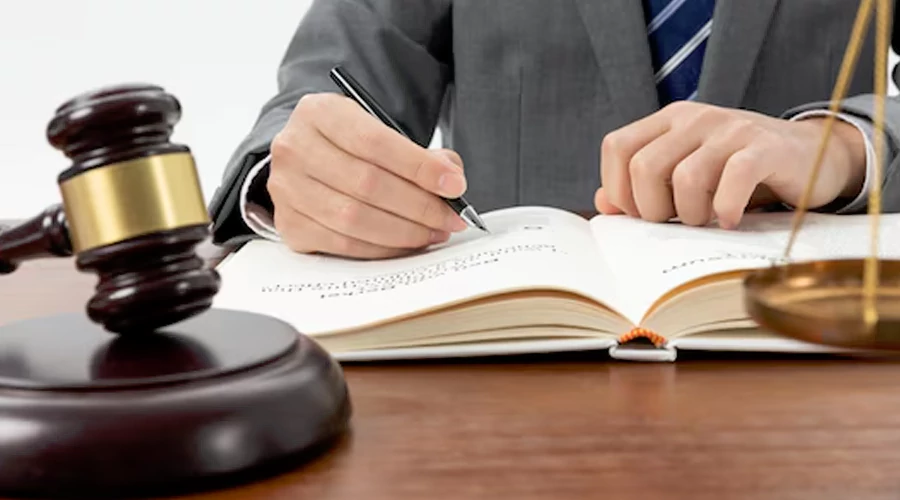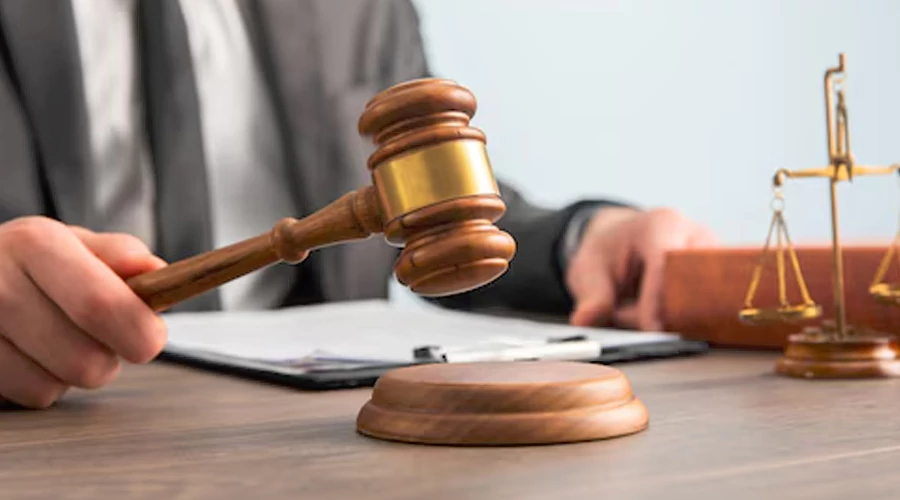Which of the elements must a plaintiff prove to prevail in a negligence lawsuit?
Negligence lawsuits are the type of civil lawsuit including car accidents, slip and fall happenings, personal damages, medical negligence, etc. Negligence lawsuits are somehow difficult to prove that the defendant’s negligence is the reason for the damage.
In this article, we will discuss some key elements the plaintiff needs to prove in order to win a negligence lawsuit.

1. Duty of Care
The first key element is to prove that the defendant owed them a duty of care. Duty of care means a legal responsibility that someone owes to act on in order to prevent someone from any damage.
For example, a driver owes a duty of care for other drivers and has to follow the traffic rules. Similarly, a doctor owes a duty of care towards their patients. Renters owe a duty of care to maintain the landlord’s premises.
While Small Claims Filing The Negligence Lawsuit, the plaintiff needs to demonstrate that the defendant owes duty of care and has neglected it, which results in the damage.
2. Breach of Duty
After proving that the defendant owes a duty of care, you need to prove that breach of duty occurred by the defendant. A breach of duty occurs when the defendant neglects the duty of care.
You will need to prove the breach of duty in court. The court will consider the act a sensible person can do and what act a defendant did. If the defendant acted differently from a sensible person, it will consider the breach of duty. So you need to focus on demonstrating the act of defendant and need to prove that that act of defendant was not that a sensible person would in the same situation.
3. Causation
This is somehow a difficult element that you need to prove to win the negligence lawsuit. This is basically a connection between the Plaintiff’s Injury and the defendant’s breach of duty. You as a plaintiff need to prove that connection in court.
There are two parts to causation:
Cause in Fact
Cause in Fact states "but for" check. It means that injury or damage cannot occur "but for" the defendant’s negligence. In other words, if any harm occurred, there must be a defendant’s wrong action. Cause in fact is a direct link between the defendant's and the plaintiff’s harm.

Proximate Cause
Proximate cause basically refers to the foreseeability that the defendant’s negligence is the reason for the plaintiff’s harm.
4. Damages
This is an important element that a plaintiff needs to prove in court. The plaintiff needs to prove the damage is linked to the defendant. This is very important to prove the actual harm or damage.
Types of Damages in a Negligence Lawsuit
There are two types of damages that can occur as a result of the defendant’s negligence.
Compensatory Damages
These are the actual damages that will be compensated by the court, including the property damages, suffering the pain, lost wages, medical bills, etc.
Punitive Damages
These are the damages due to which the defendant may be forced to pay an extra amount as a punishment.
Burden of Proof in a Negligence Lawsuit
In a negligence lawsuit, the plaintiff bears a lot of burden to prove the harm against the defendant. The plaintiff needs to prove the damage he has suffered as well as to prove that the defendant performed a wrong action that caused the harm.
Defenses to Negligence
There are some defenses a defendant can avail of from the court. A plaintiff must have these defenses in mind to avoid the failure of the negligence lawsuit.
Contributory Negligence
If you try to add your own damages in a negligence lawsuit, the court may deny it.
Assumption of Risk
If you were aware of the risk to harm you and you were still involved in it, and finally you got the harm, the court may give judgement in favor of the defendant.
Comparative Fault
In some negligence lawsuits, the court considers the percentage of damage towards the plaintiff and the defendant. If the plaintiff relates the excess percentage, they cannot recover the damage. In Texas, this percentage is typically more than 50%.

Conclusion
Negligence lawsuits are the type of civil lawsuit including car accidents, slip and fall happenings, personal damages, medical negligence, etc. Negligence lawsuits are somehow difficult to prove that the defendant’s negligence is the reason for the damage.
Some key elements, the plaintiff needs to prove in order to win a negligence lawsuit include duty of care, breach of duty, causation, damages, etc.
In a negligence lawsuit, the plaintiff bears a lot of burden to prove the harm against the defendant. The Plaintiff Needs to prove the damage he has suffered as well as to prove that the defendant performed a wrong action that caused the harm.
There are some defenses a defendant can avail of from the court. A plaintiff must have these defenses in mind to avoid the failure of the negligence lawsuit.







